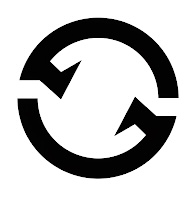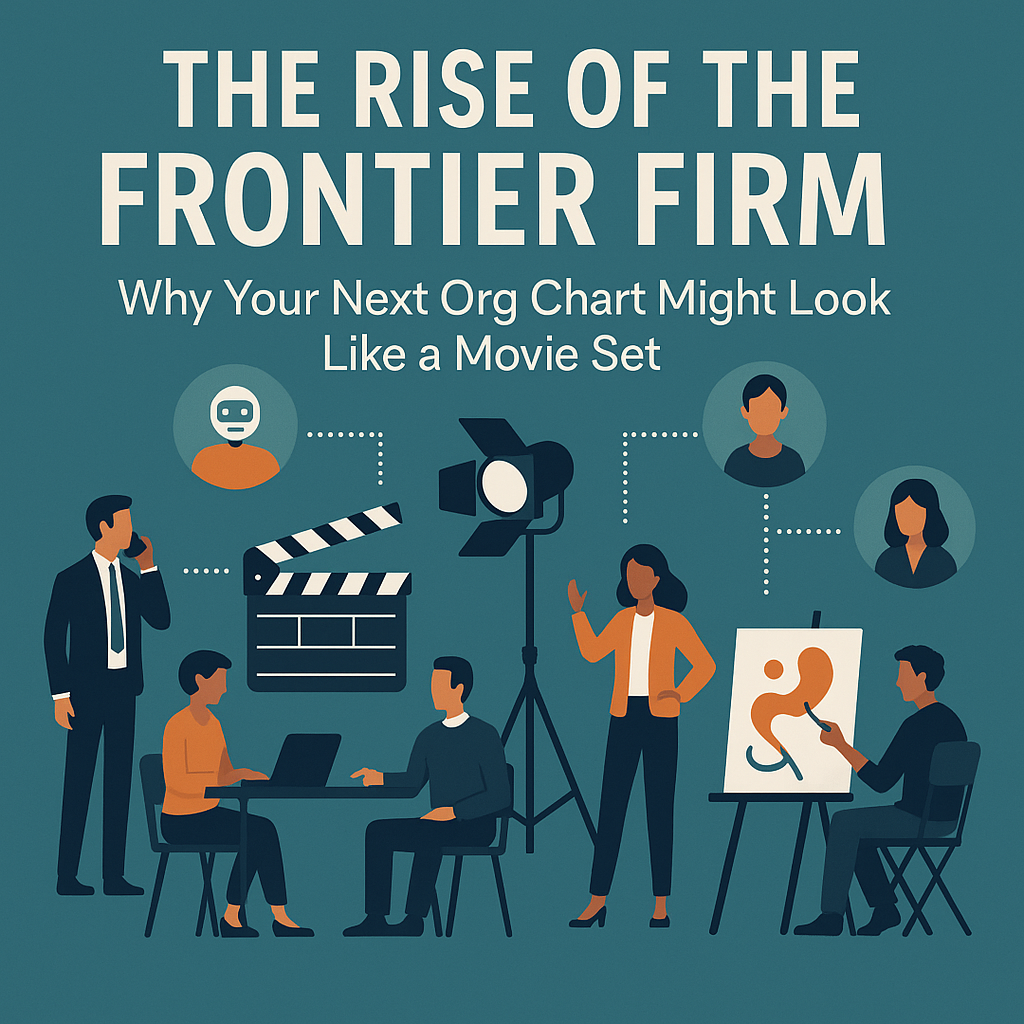Remember when the org chart was sacred? Titles, teams, swimlanes, and dotted lines – each one a badge of structure and control. Fast forward to 2025, and that beautifully boxed hierarchy is starting to look more like a relic than a roadmap.
According to Microsoft’s 2025 Work Trend Index, a new kind of organization is emerging: the Frontier Firm Organizational Model. These aren’t just early adopters of AI, they’re rebuilding from the ground up with intelligence on tap and human-agent teams driving outcomes. Think of it as the Hollywood model: assemble the right cast for the job, nail the performance, disband. Rinse and repeat.
So what makes a Frontier Firm… frontier-y?
1. Intelligence is now a utility
The report frames AI as an abundant, scalable, durable good. If the internet democratized information, AI is democratizing capacity.
Need an analyst? Buy one. Need a designer? Call an agent. Need a team? Spin up a pod of humans and AI and ship it.
80% of the global workforce says they don’t have the time or energy to do their jobs. Meanwhile, 82% of leaders say agents are their go-to strategy for solving the capacity crunch. It’s not about replacing people, it’s about bridging the growing gap between business demands and human limits.
2. The Org Chart is Dead. Long Live the Work Chart.
Old org charts were built around functional expertise – finance, marketing, ops. But in a world where expertise is on-demand, the smartest companies are organizing around outcomes.
Welcome to the Work Chart: fluid teams formed around goals, with roles filled by the best combo of humans and agents for the job.
This isn’t hypothetical. Nearly half of all surveyed leaders (46%) say they’re already using agents to fully automate workflows or business processes. In customer service, marketing, and product development, this shift is moving fast and the traditional boundaries are starting to blur.
3. Every Employee Is Now an Agent Boss
Gone are the days when only execs managed resources. Today, every employee may find themselves managing a team of agents, training them, assigning tasks, and refining results.
Microsoft calls this the rise of the agent boss. Leaders expect that within five years, every employee will:
- Build and train agents
- Manage digital labor
- Redesign workflows
- Develop prompt engineering and oversight skills
If you’re a frontline worker, this may sound futuristic. But in Frontier Firms, it’s already happening. Even junior employees are managing agents, running full-stack campaigns, and skipping traditional managerial ladders.
4. Human-Agent Ratio Will Define Success
Here’s the metric no one had on their dashboard last year: human-agent ratio.
Too few agents? You’re underutilizing automation. Too many? Humans get overwhelmed, lose trust, and make bad calls.
The balance is everything. The most effective teams are those where agents boost productivity and innovation, while humans guide the strategy, context, and exceptions.
5. New Roles Are Being Invented Fast
Just like the internet gave rise to social media managers and UX designers, the AI era is inventing new jobs at breakneck speed:
- AI Agent Specialist
- Digital Labor Manager
- AI ROI Analyst
- Chief Automation Officer
And on LinkedIn, startups are hiring 2x faster than Big Tech. Talent is flowing out of incumbents and into AI-native ventures meaning the rules of engagement are being rewritten.
Final Thought: Adapt or Fade
Microsoft’s report calls 2025 “the year the Frontier Firm is born.” But really, it’s the year legacy firms either evolve or get left behind.
If you’re a leader, start experimenting now. Rethink your team structure. Hire your first agent. Measure your human-agent ratio. Build a roadmap where AI isn’t a tool, it’s a teammate.
And if you’re an employee? Learn to be an agent boss. Because five years from now, that might just be your superpower.





